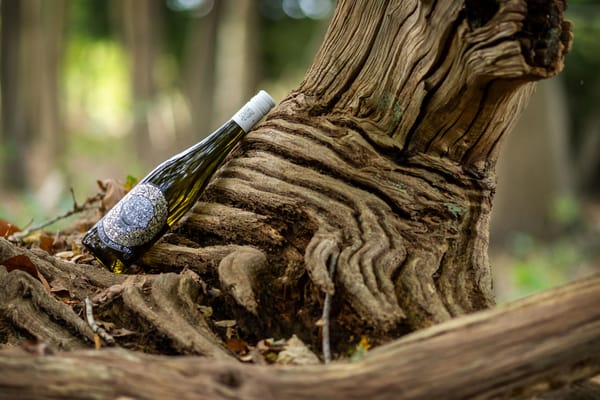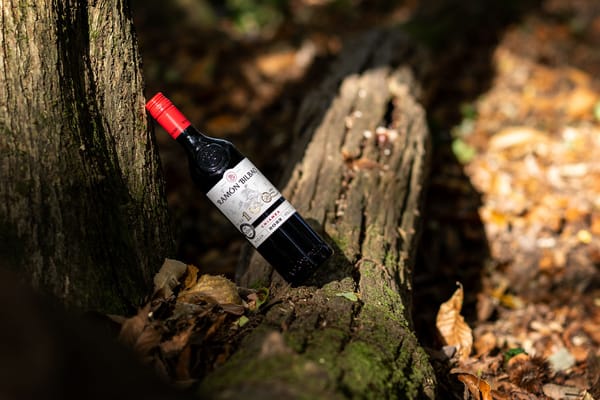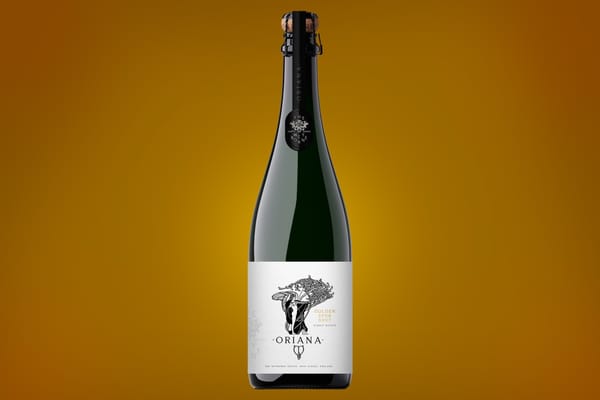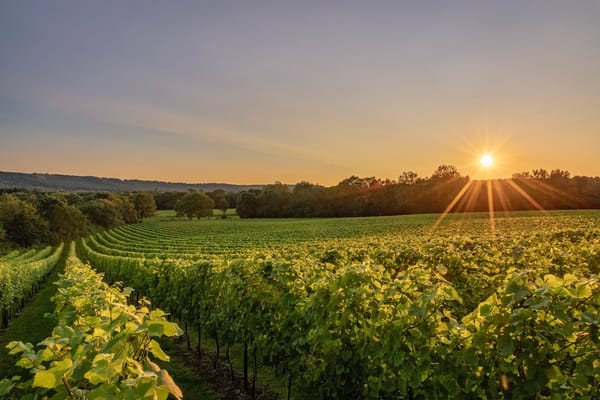USA
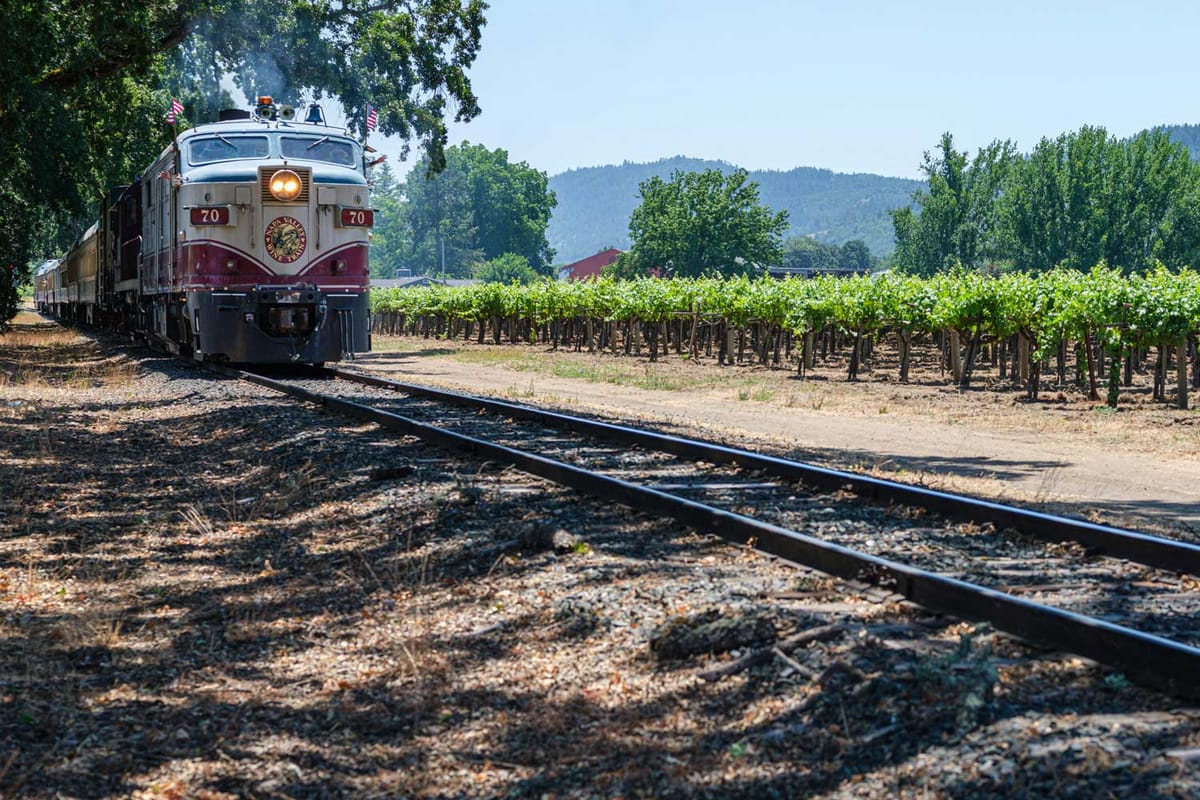
The United States has grown into one of the world’s most diverse and influential wine-producing countries, offering a vast array of styles and varieties. From the iconic vineyards of California to emerging regions in New York, Oregon, and Washington, the U.S. combines Old World traditions with New World innovation to create wines that appeal to a broad spectrum of wine lovers, from novices to connoisseurs.
Winemaking in the United States dates back to the 16th century, with early attempts by Spanish settlers in Florida and later in California. However, it was in the 18th and 19th centuries that the industry began to take shape, particularly in California, where the Gold Rush brought European immigrants and their winemaking traditions.
The industry suffered significant setbacks during Prohibition (1920–1933), when winemaking largely ceased except for sacramental and medicinal purposes. Following Prohibition’s repeal, the American wine industry gradually recovered, gaining momentum in the mid-20th century, particularly after the “Judgment of Paris” in 1976, when California wines outperformed top French wines in a blind tasting, solidifying the United States as a major player on the global wine stage.
Wine Regions
The United States is home to over 250 American Viticultural Areas (AVAs), each with unique climatic and geological characteristics. While wine is produced in nearly every state, the most renowned regions are concentrated on the West Coast.
California
California dominates U.S. wine production, accounting for nearly 85% of the nation’s output.
Iconic regions include:
Napa Valley: Renowned for its world-class Cabernet Sauvignon, Napa produces wines with depth, elegance, and structure, making it a global benchmark for the varietal.
Sonoma County: Known for diverse microclimates, Sonoma excels in Pinot Noir, Chardonnay, and Zinfandel.
Central Coast: This expansive region includes Paso Robles, celebrated for robust Rhône-style blends, and Santa Barbara, which produces refined Pinot Noir and Syrah.
Oregon
Oregon has earned a stellar reputation for its cool-climate wines, particularly **Pinot Noir**, which thrives in the Willamette Valley. The region is also known for producing high-quality Chardonnay and aromatic whites like Pinot Gris and Riesling.
Washington State
Washington’s wine industry has flourished in recent decades, with regions like Columbia Valley producing bold, fruit-forward **Cabernet Sauvignon**, **Merlot**, and **Syrah**. The cooler climate regions yield crisp, balanced Rieslings and Sauvignon Blancs.
New York
New York’s Finger Lakes region is famed for its Riesling, which rivals some of the best in the world, as well as its sparkling wines. The state also produces notable Cabernet Franc and hybrid varieties.
Emerging Regions
Beyond the major players, states like Texas, Virginia, and Michigan are gaining recognition for their unique contributions to American wine, with varietals ranging from Tempranillo in Texas to Petit Manseng in Virginia.
Key Grape Varieties
The U.S. wine industry is incredibly diverse, but several grape varieties have become emblematic:
Cabernet Sauvignon: Known for its full-bodied structure and ripe dark fruit flavors, it’s the star of Napa Valley and other regions.
Chardonnay: The most widely planted white grape in the U.S., Chardonnay ranges from rich, oaky styles in California to crisp, mineral-driven expressions in Oregon.
Pinot Noir: A flagship variety in Oregon and California, American Pinot Noir is celebrated for its vibrant red fruit and earthiness.
Zinfandel: Often considered America’s heritage grape, Zinfandel is prized for its bold, jammy red wines with spice and black pepper notes.
Riesling: Particularly in Washington and New York, American Riesling is known for its bright acidity and pure citrus flavors.
Innovation and Sustainability
The U.S. wine industry is at the forefront of innovation, with winemakers experimenting with techniques like amphora aging, blending unconventional grape varieties, and developing low-intervention, natural wines.
Sustainability has become a central focus, with many vineyards embracing organic and biodynamic practices. Water conservation is critical in regions like California, where droughts are frequent, while wineries across the country are reducing their carbon footprints through renewable energy and sustainable farming methods.
International Recognition
American wines, particularly those from California, have achieved widespread acclaim in global markets. From the prestigious labels of Napa Valley to affordable, high-quality wines from Washington and Oregon, the U.S. offers options that appeal to all budgets and preferences.

